
Crystal Dynamics’ The Horde marries frantic arcade action with lighthearted town-building, inviting players to guard lush homesteads from ravenous red fiends. Like Populous and Dungeon Keeper, the game balances planning with pulse-quickening combat, challenging you to harvest crops, erect fences, and swing your blade in real time. Timeless humor, breezy controls, and an ever-escalating threat keep each session fresh whether you play on desktop or mobile. Despite its vintage roots, the experience feels immediate thanks to responsive design and enduring cartoon charm. This classic strategy-action game remains a joy to play online, rewarding bold tactics and quick decisions across devices.
When Crystal Dynamics released The Horde in the mid-1990s, the studio was gaining recognition for daring to fuse genres and embrace full-motion video storytelling. Developed by the imaginative team at Toys for Bob, this game places you in the boots of Chauncey, a humble shepherd unexpectedly knighted after rescuing King Winthrop from choking on dinner. The reward sounds lavish—vast tracts of farmland to manage—but a crimson swarm of ravenous creatures called Hordlings threatens to chew through every sprout and thatched roof under your care. This unusual premise, wrapped in humorous live-action cut-scenes and gently satirical medieval tropes, gives the adventure a personality that still feels fresh decades later. From the very first season, the game establishes a playful tension between carefree rural life and slapstick monster invasions, making each moment memorable.
The brilliance of The Horde lies in its split personality. During peaceful planning phases, you lay irrigation ditches, construct walls, plant crops, and budget precious gold earned from harvests. Once the warning bell tolls, however, the perspective shifts and you sprint across the map in real time, slashing Hordlings before they gobble livestock or topple cottages. Each region introduces new terrain quirks—frozen lakes that slow movement, deserts where water evaporates quickly—forcing dynamic adaptation. The constant alternation between thoughtful construction and frenetic combat keeps the pacing brisk, ensuring that strategic missteps reveal themselves through thrilling scrambles rather than patient spreadsheets.
Visually, the game wields bold isometric sprites full of exaggerated animation. Verdant fields darken under evening skies, fences splinter with satisfying cracks, and Hordlings wobble like sentient berries made of mischief. The colorful palette contrasts with the light horror theme, striking a tone that is mischievous rather than grim. Paired with a whimsical orchestral score that accelerates during invasions, the presentation cultivates both charm and suspense. The optional full-motion sequences, filmed with practical props and playful costumes, sprinkle cinematic flavor between seasons, rewarding progress with humor instead of solemn gravitas. Even when viewed through modern displays, the hand-drawn artistry and cheeky performances retain a quaint appeal that transcends technological shifts.
Modern emulation makes it effortless to revisit this beloved adventure. You can play The Horde online free, directly in a browser window, with no downloads and no extra setup. Touch-friendly control schemes ensure that defending farmland translates smoothly to tablets and phones, while keyboard layouts remain faithful for desktop purists. Performance is lightweight, so even modest devices render Chauncey’s frantic dashes without stutter. Because nothing is locked behind paywalls or region barriers, newcomers and veterans alike can leap into the action within seconds, proving that good design never goes out of style.
Success in The Horde is never about raw speed alone. Stone walls feel secure, yet they quickly consume funds that could otherwise plant higher-yield crops. Digging moats slows monsters but also diverts water that cabbage patches crave. Learning to funnel Hordlings toward choke points, then unleashing the mighty Horn of Summoning or a well-timed axe throw, elevates defense from frantic sprinting to graceful choreography. Seasonal fairs tempt you with livestock bargains or monster bounties, presenting risk-versus-reward dilemmas that keep resource management lively. Those who experiment find that there is rarely a single optimal solution—only clever combinations tailored to the evolving map.
The Horde’s oddball blend of real-time action and agrarian planning garnered cult admiration, influencing later hybrids that fused tower-defense mechanics with resource loops. Fans fondly recall its comedic villains—such as the lumbering Bovine Hordling whose moo masks ominous footsteps—and the satisfying swoosh of Chauncey’s blade cutting through mischief. The game remains an early showcase of how strong personality can make strategy approachable, welcoming newcomers who may have felt intimidated by purer simulations. Because it rewards both strategic foresight and dexterous reflexes, it serves as an accessible gateway between city-building and action genres, bridging tastes across generations.
Part of The Horde’s timelessness comes from universal themes: nurture, protect, and celebrate harvest. Whether players are children discovering strategy for the first time or veterans seeking a nostalgic excursion, the simple desire to defend a thriving community resonates. The controls map intuitively—a directional pad or arrow keys guide Chauncey, while a single action button swings weapons, interacts with menus, or activates magical items. Such elegant simplicity lets the tactical layers unfold gradually, keeping barriers to entry low. With every successful season the village grows, villagers cheer, and the Hordlings become craftier, forging a growth curve that continually rewards both mastery and experimentation.
The Horde endures as a cheerful clash of tilling and turmoil, inviting you to cultivate fields by day and repel chaos by night. Every harvested pumpkin, every repaired fence, and every jubilant villager echoes a design philosophy that marries heart with challenge. Movement relies on straightforward directional keys or touch gestures, while a primary action button handles attacks and interactions, making the learning curve gentle and satisfying. Whether relived on a couch, at a desk, or on the go, the experience stands as proof that inventive ideas and lively presentation can outlast technological shifts.
All codes are publicly available and the game belongs to its original authors.
Share game
Share game
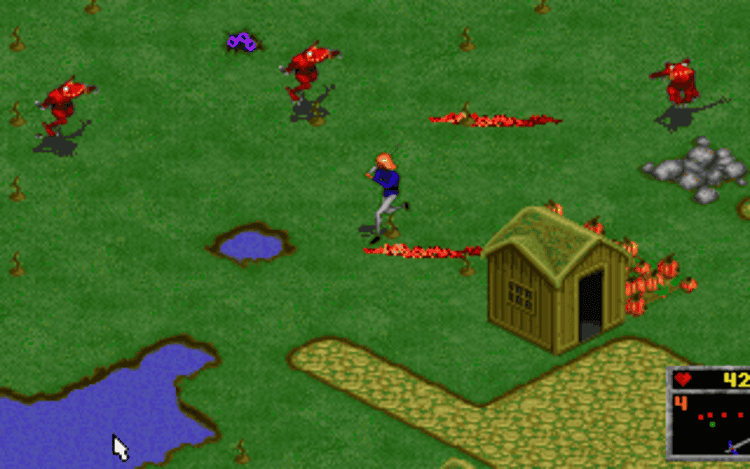
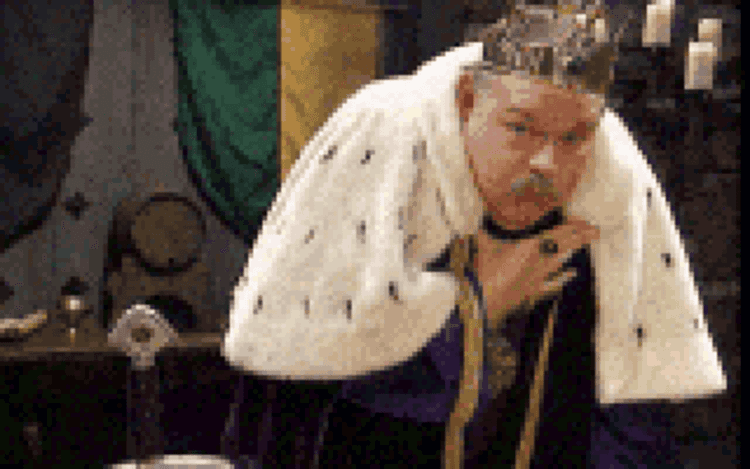
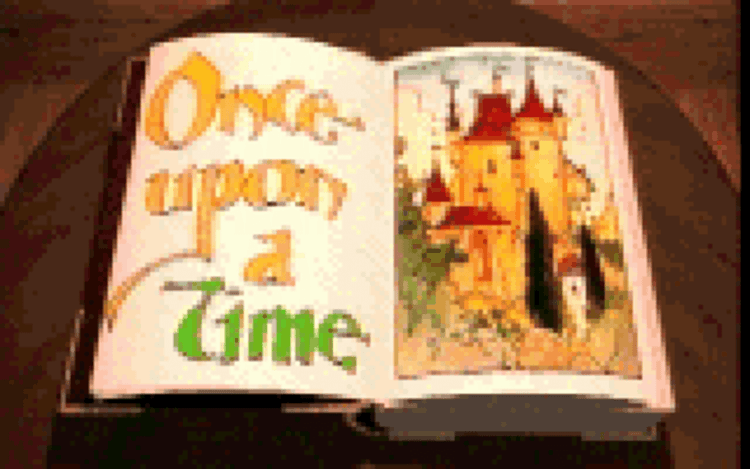
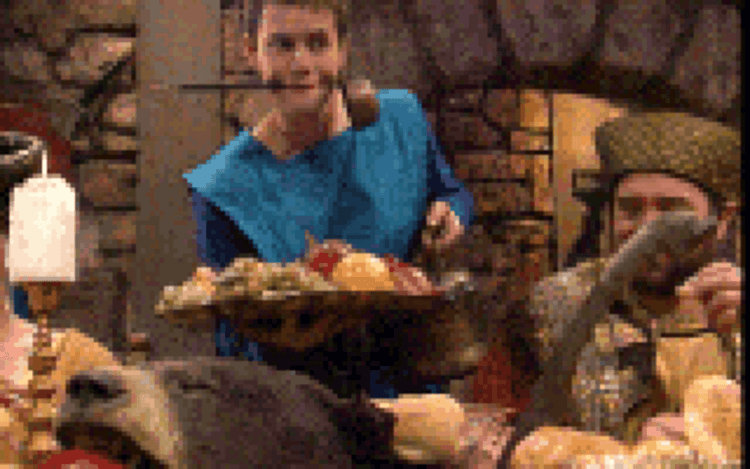
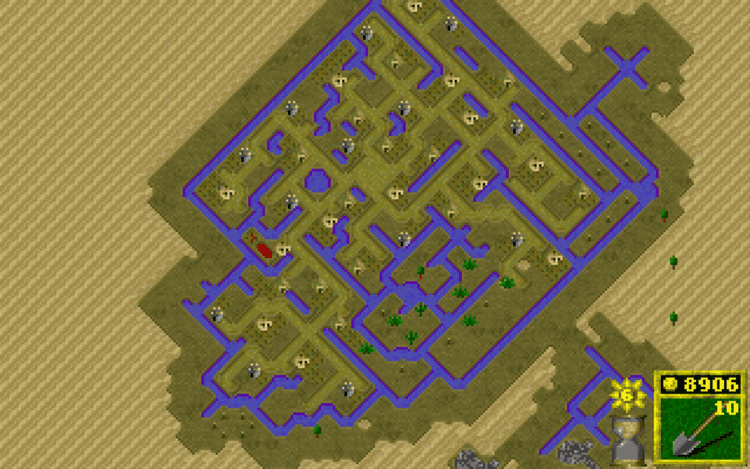
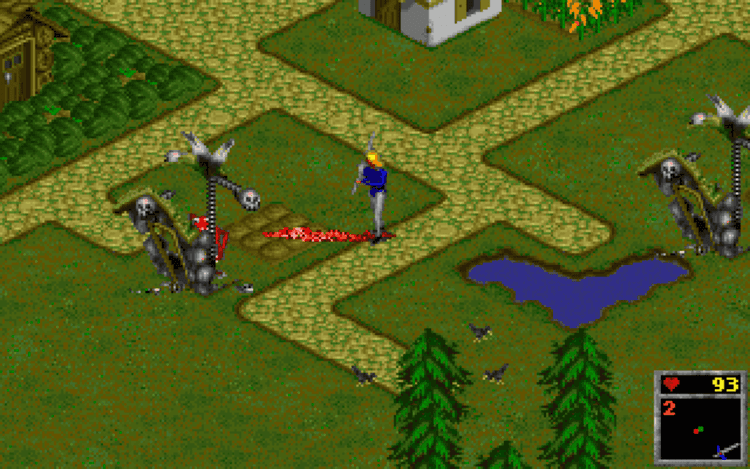


Share game